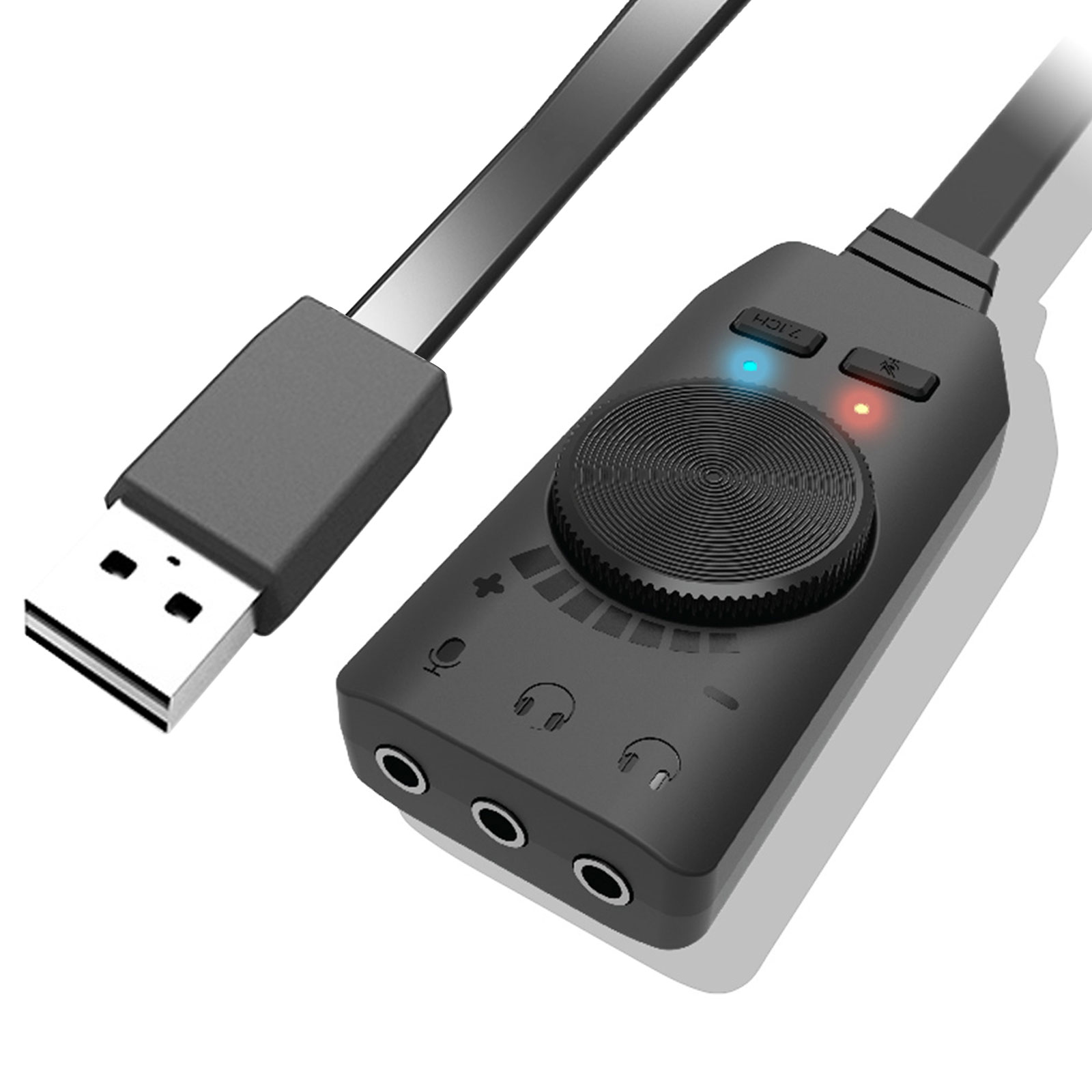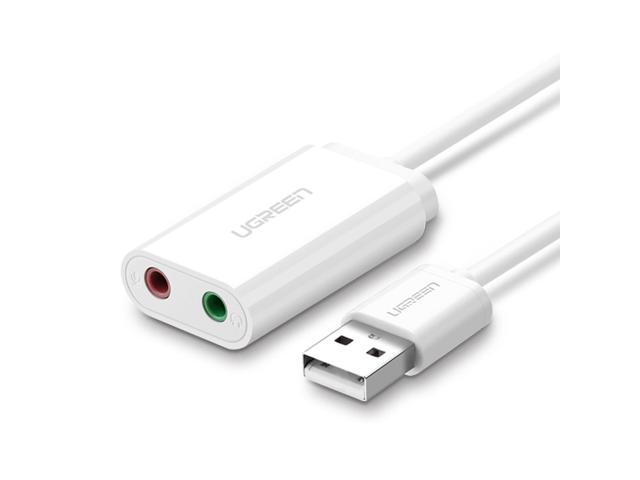Even if you can’t swap your internal drive, by the way, for a Mac mini or iMac, you could use an external SSD in a USB 3 or Thunderbolt 3-equipped enclosure. OWC offers a 1TB Thunderbolt 3 SSD.
If the sound on your Mac has stopped working, there are a number of possible explanations and solutions. The first thing to check is that the sound definitely is not working. Below we'll explain what to check.
No sound on Mac? Check these things first
1. Check the volume
As simplistic as it may seem, the first thing to check is that the volume hasn’t been muted intentionally. Tap the volume up (F12) key to turn up the sound level.
- Free propagamma / usb-audio Mac/OS Classic Version 2.09f8a Full Specs. Download Now Secure Download. Publisher's Description. Audio card driver `.
- USB Audio Driver allows you to use your laptop as a synthesizer or digital effect-box. Did you notice there's some delay related to the computer's soundprocessing? The USB ASIO driver is the solution. It enables buffersizes down to 32 samples (0.73 ms) and does an ultra highspeed USB audio connection, bypassing the operating system's audio.
- 7.1 Sound Card for PC,Laptops – External USB Audio Adapter for Gamers, Music & Movie.
- More updated version: http://www.amazon.co.uk/TRUST-SC-5500P-EXTERNAL-SURROUND-SOUND/dp/B0002Z2QQY/ref=sr184?ie=UTF8&qid=&sr=8-84&keywords=usb+so.
Pro tip: If you hold down Option+Shift when you press F12 or F11 to increase or decrease the volume, it will move in smaller increments than the full step changes that occur when you use the keys on their own.
2. Is it an app problem?
It may be that there’s no sound on your Mac because it won’t play audio in a specific app. If, for example, you can’t hear sound from a video in Safari, make sure the audio isn’t muted, by clicking the volume control in the video. You should also check other sound sources, like iTunes and QuickTime movies to find out if they can play sound.
Tip: if you’re fed up with websites you visit automatically playing video with sound when you’re working, go to Safari>Preferences and click the Websites tab. Click Autoplay, and in the bottom right of the window, choose Stop Media with Sound.
Disk storage for mac. 3. Check for hardware issues

Next, check there’s nothing plugged into the headphone/line out port and look to see if there’s a red light on that port. If there is, it could be there’s a problem with the port, or something blocking it. Try blowing on it to clear dust, if that’s the case.
4. Are you running the latest version of macOS?
If there’s still no sound on your Mac, Apple’s advice is that the first thing you should do is make sure you’re running the latest version of macOS.
To check which version of macOS your Mac is running, click the Apple menu and then About this Mac. The window that opens will have the name of the version of macOS currently installed at the top. Now the latest version is macOS High Sierra. If you’re not running High Sierra, you should consider installing it by going to the App Store app, and clicking on it in the sidebar on the right hand side of the main window.
If you don’t want to install High Sierra, at least make sure you’re running the latest update to whichever version of the OS is installed. To check that, click Software Update in the About this Mac window. That will check for updates and let you know if there’s one available. If there is, install it.
Before you install either a new version of the OS or an update, backup your Mac using Time Machine, or whichever backup tool you normally use.
5. Run Maintenance scrips
If you’ve determined your Mac’s sound definitely isn’t working, consider running CleanMyMac X’s Maintenance scripts. These optimize the performance of your Mac by running a number of routines such as repairing disk permissions, verifying your startup disk, and rebuilding the launch services database.
/ version 6.5.2.14 / Mac 680MB / Windows 540MB. Artlantis 6.5 is fully-functional in demo mode for 30 days from the first day of use. After this time, the application will no longer open unless Artlantis is enabled with a serial number. Mac OS software Mac OS games Sponsor Contact My account. Artlantis V2020.2 9.0.2.22108. 3DS, DWF, DXF, DWG, FBX, OBJ and SKP. As the flagship Mac cracked app for VR images, Artlantis has conquered nearly 100,000 architects, interior designers, garden designers, city planners, and space planners in more than 110 countries. / version 7.0.2.3 / Mac 806 Mo / Windows 570 Mo. Artlantis 7 is fully-functional in demo mode for 30 days from the first day of use. After this time, the application will no longer open unless Artlantis is enabled with a serial number. The activation can be done at any time during or after the evaluation period. Artlantis for mac os 10.10. Artlantis Studio 2020 9.0.2.22042 Mac Crack Torrent Free Download Latest Artlantis Studio 2020 Crack Mac is the fastest standalone 3D rendering software explicitly designed for architects and designers, making it ideal for creating high-resolution 3D renderings, fast VR panoramas, objects, and animations. A recognized leader in the window display field, this program offers software used.
Here's how to run Maintenance scrips:
Download CleanMyMac X here (it's free to download).
Roboto condensed for mac and cheese. Fonts FAQs. What type of font is Roboto?Ans: Roboto is a geometric sans-serif typeface with 28 styles.
- Launch the app.
- Click Maintenance.
- Choose Run Maintenance Scripts and click Run.
Following this link, you can get CleanMyMac at 20% off.
How to check your sound settings
If you’re running the latest version of macOS and your sound still isn’t working, the next step is to check your Sound settings.
- Click on the Apple menu and choose System Preferences.
- Click on the Sound pane.
- Select the Output tab and choose Internal Speakers. If that’s not available as an option, contact Apple Support.
- Check if the volume slider is low, if so slide it to the right and check the sound again.
- Make sure the Mute box isn’t checked.
If, when you check your sound settings, you see a USB device selected rather than Internal Sound, and you can’t change it, disconnect all USB devices from your Mac and try again.
Is there an app interfering with the sound?
Make Mac Os Usb
Some applications, like screen recorders, install their own audio output drivers so that when you record the screen you can direct your Mac’s output to the recording app. It’s possible that if you’ve installed an app like that, its driver could be interfering with your Mac’s sound output.

- Go to System Preferences and choose Sound.
- Click on the Output tab.
- If there’s an output option that looks like a software app and it’s selected, that may be why the sound is not working on your Mac.
The best thing to do in that instance is to uninstall the app. You could just drag the app to the Trash, but that won’t uninstall it properly or remove all the files the app has placed on your Mac. To do that, you should use a dedicated uninstaller like CleanMyMac X.
CleanMyMac makes it very easy to completely uninstall any app so that it doesn’t leave any fragments or stray files behind. By using CleanMyMac, you can be sure you’ve deleted all the files associated with the app and that it hasn’t left anything behind. You can download CleanMyMac for free here.
Restart the sound controller
If there are no software audio drivers interfering with your Mac’s sound output, nothing plugged into the headphone jack, USB, or Thunderbolt ports, and your sound still doesn’t work, the next step is to restart the sound controller. This requires launching Activity Monitor and quitting a process, but don’t worry, it’s not too scary!
- Go to Applications>Utilities and double-click on Activity Monitor to launch it.
- In the search bar, type 'coreaudiod’ to locate the Core Audio controller.
- Click on coreaudiod, then click ‘X’ in the tool bar to quit it.
- Coreaudiod will restart.
Mac volume not working and stuck on mute?
If the volume control is not working on your Mac, either using the keyboard or the slider in the menu bar or System Preferences, it could be ’stuck’ on mute. The most common occurrence of this problem is on pre-2015 Macs that had a digital audio output support in the headphone jack.
On those Macs, there was a sensor in the port that detected whether a headphone jack or a digital audio device was plugged in. The Mac would then change the output to headphones or digital output accordingly. However, sometimes the sensor failed to recognise when a digital audio device had been unplugged and so the audio output remained locked on digital output, with no way to change it. With no digital audio output connected, there is no way to change the volume or hear sound.
The solution in that case is to plug the cable back in to the socket and remove it again. Try it a few times, if necessary, to ‘trip’ the sensor and make the Mac recognise the digital audio device is no longer connected. If that doesn’t work, there could be some gunk blocking the socket. Try blowing on it to remove any dust. If that doesn’t work, buy a can of compressed air and, carefully, spray the socket to bow out the dust.
If that still doesn’t do the trick, buy a foam-tipped swab (don’t use a cotton bud as these leave tiny threads behind) and dip it in rubbing alcohol. Put the swab into the headphone jack and clean it, wiping away as much of the link as possible.
Bluetooth sound not working on Mac
Your Mac can play audio wirelessly via Bluetooth, so if you have Bluetooth speakers or headphones, you can use those to listen to music, or anything else on your Mac. Sometimes, however, they don’t work.
Make sure Bluetooth is switched on.

- Go to System Preferences and click the Bluetooth pane.
- If it says Bluetooth turned off, turn it on.
Make sure your headphones or speakers are connected.
- Look in the list of devices in the main window to see if your headphones or speakers are listed.
- If not, put them in pairing mode (you’ll need to refer to their instructions to find out how to do that) and when they appear, click Connect.
- If they are listed but not connected, make sure they’re switched on and Control-click on them in the main window and choose Connect.
Tip: If you check the box labelled Show Bluetooth in menu bar in Bluetooth preferences, you can connect from the menu bar item.
Mac Os Usb Iso
Once your headphones or speakers are connected, click on the volume control in the menu bar and choose them. If you don’t have the volume control displayed on the menu bar, go to System Preferences, choose Sound and then the Output tab and select the Bluetooth speaker or headphones. While you’re there, it’s a good idea to check the box labelled Show volume in menu bar — it’s in the Sound Effects tab.
To conclude, there are a number of reasons why the sound is not working on your Mac. If you follow the guide above and take it one step at a time, you should be able to fix the problem. If none of the steps above work for you, the next step is to contact Apple support and, if possible, make an appointment at the Genius Bar of an Apple Store. If that’s not possible, Apple will advise you on the best course of action to get your audio working again.
